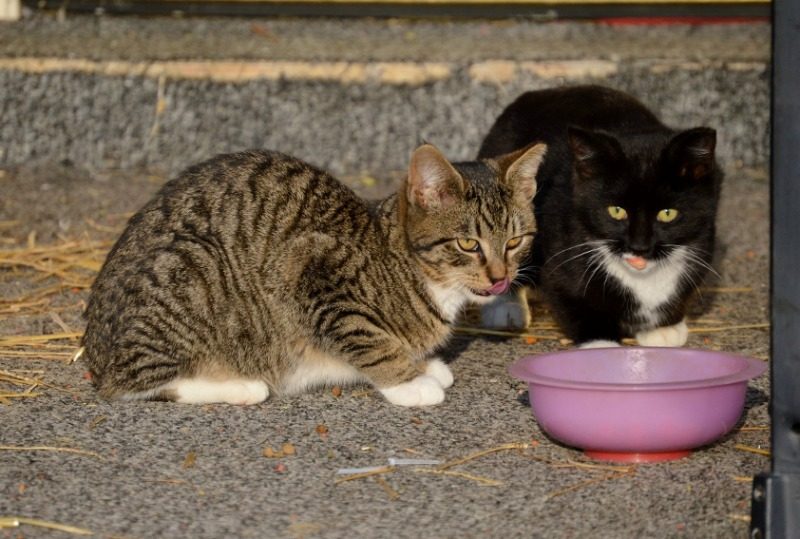
Interview! Rob Halpin, Director of Public Relations at the MSPCA
February 25, 2017
Interview! Bruce Myers, Executive Director, United Spay Alliance
February 28, 2017
Over the years, I have gotten many emails about How to Set Up a Trap Bank that Works effectively. You want to make sure equipment is returned clean and in a timely manner. I find this to be one of the hardest programs for groups to manage. It takes time, management and most importantly, following guidelines to help make this program a success.
I asked Karen Little, Executive Director of Alley Cat Advocates in Louisville, KY, what her organization’s protocols is for running a successful trap-lending bank. She passed along some great information that I refer to below!
How to Set Up a Trap Bank that Works
1. Loan Period
Only loan out traps for a short period of time. Alley Cat Advocates only loans out in week-long periods.
2. Follow up is key
Many times, trap rental information gets put in a drawer and we forget to follow up with people. But if we don’t follow up with the traps, what does that show for us wanting the borrower to be successful catching the cat(s)?
Try the email program, boomerang, that will automatically send out reminder emails when traps are due. We need to care about our traps and the people borrowing them! Tracking the details in a Google Doc would be an easy way for many people to able to monitor the trap rentals. Check out this link to a template of how you might set up your own!
3. Deposits
Make sure to take a deposit or credit card and make sure to get accurate contact information.
4. Determine Necessity
Don’t let people usurp the traps if you have others that need them! If there are people that need to use traps all of the time, consider designating them in a different way and actually give them their own set of traps! It doesn’t make sense to have a trapper who assists hundreds of cats every year go through the trap rental process. Raise money and buy them traps! It is the least the organization can do to help support the volunteer hours that they are putting in!
5. Tracking Traps
When you rent out traps, also hand out a sheet that specifically states when it is due back, where and how to clean the traps. Many people don’t understand how important cleaning a trap is and it’s important to make sure they specifically know how to do it! By using diluted bleach in water (after all of the “stuff” is taken out of the trap) is a great way to start. We often had traps returned with newspaper, dried cat food, bedding in the traps, you name it! Not good.
6. Identification
Make sure your traps are well identified. You can use permanent marker, ID tags or even setting up a bar code system on the traps. Some organizations use a specific color of trap.
7. Written Agreements
Lastly, make sure you get a signed agreement from the borrowers. Make sure that they are going to use the traps for humane purposes and that they will return the traps in good condition. It is important to get these statements in writing!
You can also see how Neighborhood Cats run their trap banks, as well! Good luck with setting up your spring trap banks. Running it successfully will enable your organization to help so many cats!




